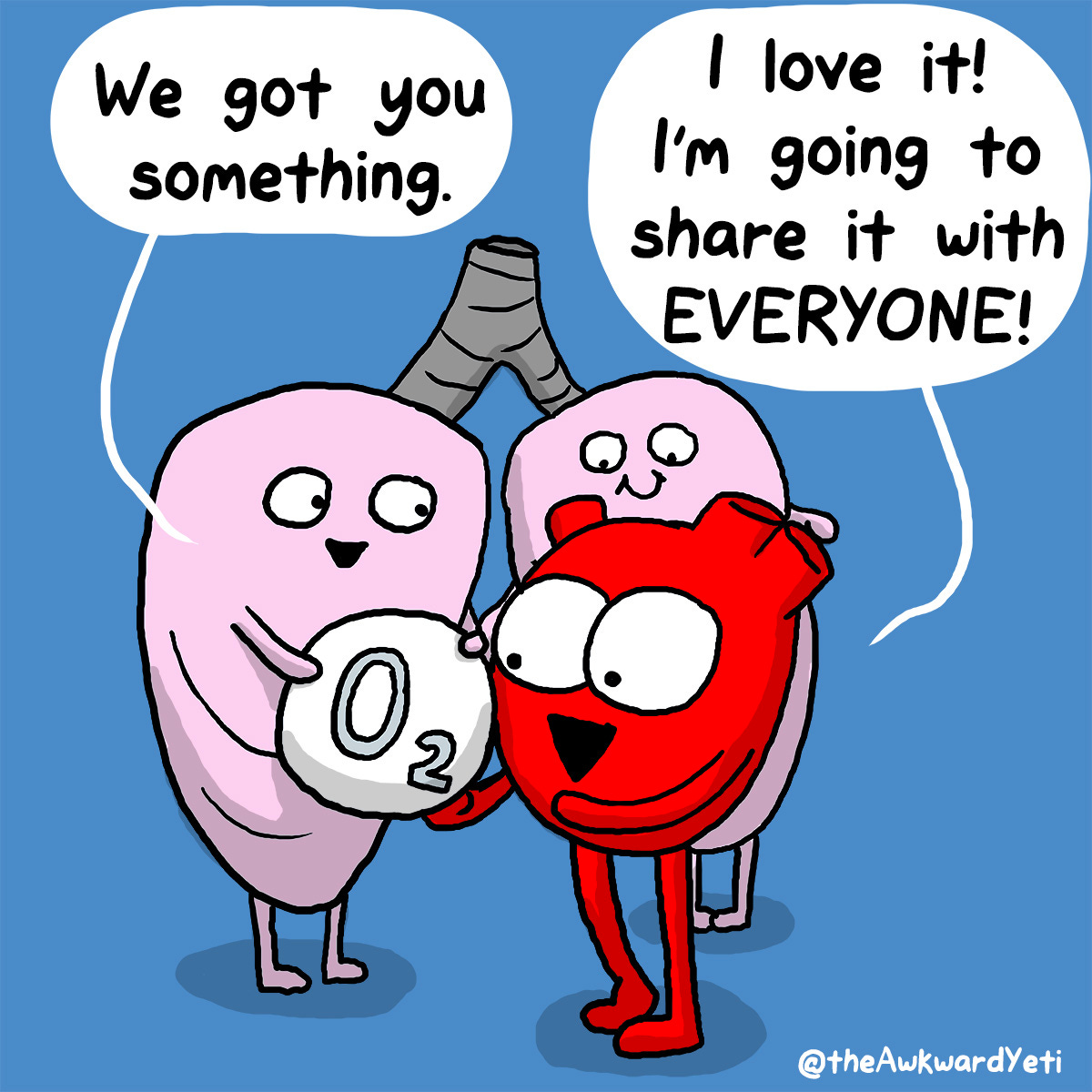We’re well into the holiday season, and December is the most charitable month of the year. So there’s no better time to talk about what motivates people to give up their hard-earned cash for a good cause.
Earlier this year, researchers found a way to test charitable giving in a real-life setting without scrimping on scientific rigor. The question they asked was simple: Are people swayed more by self-benefiting motivation or altruistic motivation when deciding whether to donate money?

☀️ Warm glow vs altruism
In April 2021, a research paper published in Nature Human Behaviour examined what kinds of messages convince people to donate money. Doing this kind of study in a lab is fine, but it can’t definitively tell you how results translate into real-world behavior. People are complicated and their behavior changes depending on context.
Fortunately, the researchers who published this paper managed to piggyback on a real-life monetary reward program in Alaska. Every year, residents of Alaska can enroll to receive a share of state oil revenues in a program known as the Permanent Fund Dividend (PFD). On average, this is an annual payment between $1000-$2000 per person.
When applying to receive the PFD, residents have the option to donate a portion of their money to a charity of their choice. So the researchers used this opportunity to test whether particular messages might increase donations.
The messages were delivered on a postcard right before the enrollment period for the 2014 dividend. At the end of December 2013, the researchers mailed out postcards to households across Alaska. The exact postcard each household received was determined by which group they were randomly assigned to:
Control group: No postcard.
Other-benefit group: A postcard with the message “Make Alaska better for everyone - share your PFD”.
Self-benefit group: A postcard with the message “Warm your heart - share your PFD”.
The data showed that 4.4% of people in the control group donated part of their dividend, with donations averaging $4.77 per person. In comparison, people who saw the self-benefit message were 6.6% more likely to make a donation and their average donations were 23% higher.
In other words, people do donate more money when they’re nudged to do so with a self-benefiting incentive. When people received postcards with the more altruistic incentive of improving Alaska for everyone, it similarly boosted the proportion of people who donated money. However, it didn’t boost the amount of money people donated.
So although altruistic reminders aren’t useless, they don’t sway a person’s mind as strongly as a message about an immediate self-benefit. Charitable giving is incredibly good for the world, but if you want to increase it, you’re better off telling people why giving is good for them personally, i.e. if you donate, you’ll feel a wonderful, warm glow.
The implications of these findings extend far beyond charitable donations. Whenever people need to cooperate or make small personal sacrifices for a greater good, it’s important to talk about immediate personal benefits. When it comes to climate change for example, you can tell people that they should reduce their carbon footprint to breathe cleaner air in their neighborhood rather than warning them about worldwide environmental damage in the decades to come. Or when convincing someone to get a COVID vaccine, you can highlight how much it reduces their personal risk of severe symptoms or their personal risk of seeing another lockdown instead of talking about public health benefits at the community level.
⭐️ Takeaway tips
Self-interest reigns supreme: We’re all human so our most immediate priority tends to be our personal health and happiness. That might sound selfish, but as the study above shows, acting in self-interest can do a lot of good in the world. It doesn’t really matter if we help someone just because it feels personally good, as long as that person gets the help they need.
Keep your message short and sweet: You don’t necessarily need a 1-hour lecture or 10-page essay to change people’s behavior. In the study above, three simple words — “warm your heart”— were enough to make people 23% more generous in how they split their cash. When you hope to spread positive influence, channel a marketer and use simple language that people can relate to.
Feel good by giving more: The “warm your heart” message certainly isn’t a lie. It really does feel good to give, and one of my previous newsletters explained that people feel happier when they spend their money on other people rather than themselves. So use your money wisely by donating to good causes. My favorite way to decide where my charitable giving should go is to use GiveWell’s list of high-impact charities. Their careful analysis identifies the charities that “save or improve lives the most per dollar”. If you’re looking for a cost-effective charity that’ll give you the most bang for your buck, you should explore their methodology.
💡 A final quote
"Don’t judge each day by the harvest you reap, but by the seeds you plant."
~ Robert Louis Stevenson
❤️ If you enjoyed this, please share it with a few friends. If you’re new here, sign up below or visit erman.substack.com
📬 I love to hear from readers. Reach out any time with comments or questions.
👋 Until next time,
Erman Misirlisoy, PhD



